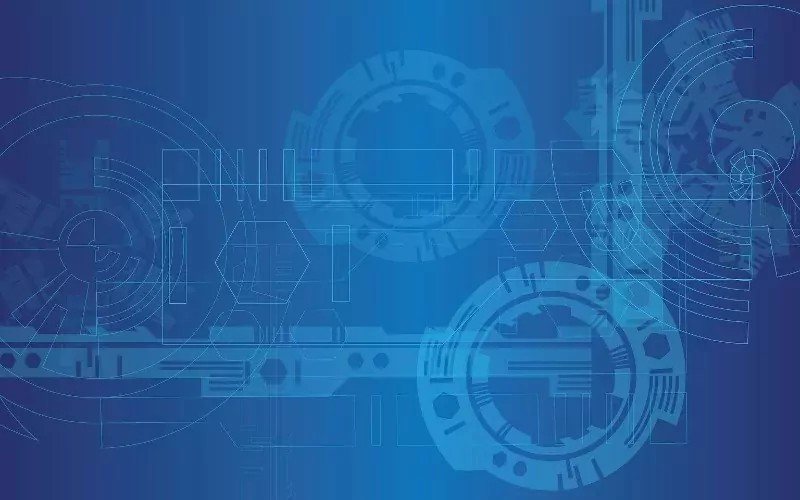The role of IT in business is no longer confined to support functions; it is a driving force in shaping future strategies. By leveraging IT as a strategic asset, companies can revolutionise their operations and achieve competitive advantages.
Wolfgang Ebermann, a former Microsoft executive, argues that IT must transition from being a cost factor to a business enabler. This shift is necessary to tackle ongoing industry transformations and harness IT’s full potential. Companies recognising this will likely lead the charge into a modern, tech-centric business era.
The Strategic Asset of IT
In today’s rapidly evolving business landscape, treating IT as a mere cost factor is becoming obsolete. Wolfgang Ebermann, former vice president at Microsoft, emphasises the role of IT as a strategic asset in modern businesses. To drive meaningful outcomes, companies need to shift their focus from traditional IT expenditure, which often constitutes over 80% of the budget, towards innovative and transformative IT solutions.
The Evolving Role of the CIO
IT experts and Chief Information Officers (CIOs) are pivotal in steering businesses toward the future. Ebermann suggests that these individuals must transition into business advisers who align IT capabilities with strategic business objectives. This transition is essential for leveraging IT as a business enabler rather than a mere operational component. Acknowledging the ongoing transformation in the IT industry is crucial for sustained growth and competitiveness.
The CIO’s role is not limited to maintaining existing systems but extends to fostering innovation and driving change. By integrating new technologies, CIOs can help businesses adapt to the dynamic market environment.
Smartphones: The New Business Assistants
Smartphones are revolutionising the workspace by acting as personal business assistants. Ebermann notes, “Business life is changing because the smartphone is becoming a business assistant.” Companies are recognising the need to make their products and services smartphone-enabled. Embracing this shift is not just about keeping up with trends but about enhancing workforce productivity and attracting tech-savvy talent.
The integration of smartphones into business operations allows for a more flexible and connected work environment. This technology fosters real-time communication and collaboration, essential for modern business dynamics.
Businesses must evaluate their readiness to adopt smartphone technology, considering both operational and strategic impacts. From managing communications to connecting with IoT devices, smartphones are central to digital transformation.
The Impact of IoT on Market Differentiation
Incorporating the Internet of Things (IoT) into products and services is becoming a key differentiator in competitive markets. Ebermann highlights how companies like Adidas use digital integration to enhance consumer experiences. By embedding IoT in products, businesses can offer unique features and functionalities that set them apart from competitors.
The application of IoT extends beyond consumer products to operational efficiencies. Companies can utilise IoT data for predictive maintenance, supply chain optimisation, and customer insights, thus driving value across their operations.
The Importance of IT in Talent Acquisition
Attracting the next generation of talent requires an innovative approach to IT. Ebermann points out that young professionals entering the workforce are not “email junkies”; they seek environments that reflect contemporary communication practices. By modernising IT frameworks, businesses can appeal to younger employees who prioritise tech-enabled workplaces.
Modern IT solutions also enhance employee engagement and retention. By creating a digitally advanced workplace, businesses can provide the tools and flexibility needed for today’s workforce.
Adapting to an IT-driven Business Environment
Businesses must adapt to an increasingly IT-driven environment by investing in IT as a long-term strategy. Ebermann stresses that recognising IT as a driver of business outcomes is critical. Companies need to evaluate their current IT strategies to ensure they are aligned with future business goals and technological advancements.
This alignment requires a cultural shift within organisations, where IT is deeply embedded in decision-making processes. Such integration fosters innovation and supports organisational agility.
The future of business lies in recognising IT as a strategic ally. As companies embrace IT innovations, they position themselves for growth and resilience. IT experts are at the forefront of this transformation, driving change and ensuring that businesses not only survive but thrive in a technology-driven world.

